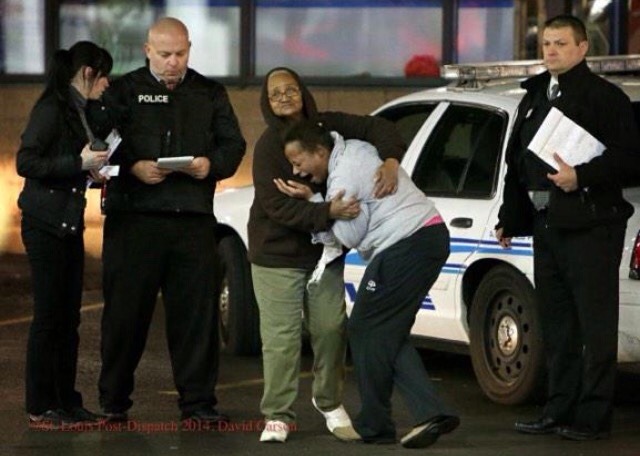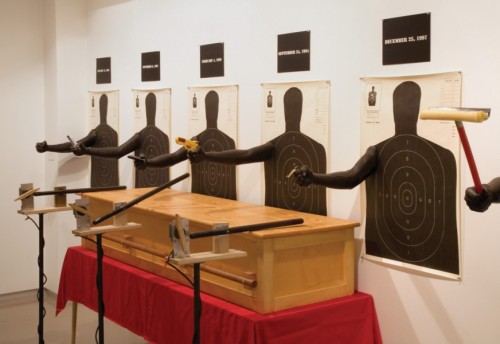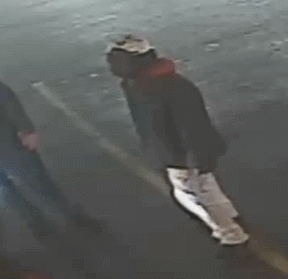How Dangerous is a Law Enforcement Career
The Census of Fatal Occupational Injuries is a great source of information, but like all statistics, it's the interpretation of the data that matters. The census produces a "fatality rate," detailing the number of individuals fatally injured per 100,000 workers. It also provides a raw number of fatal on-the-job injuries. Making the top 10 most dangerous jobs for 2010, the most recent year for which data is available, are:
See Also: Do Cops Really Get Divorced More Often Than Everyone Else?
Fishers and related fishing workers, at a rate of 116 deaths per 100,000
Logging workers, at a rate of 91 deaths per 100,000
Aircraft pilots and flight engineers, at a rate of 71 deaths per 100,000
Farmers and ranchers, at a rate of 41 deaths per 100,000
Mining machine operators, at a rate of 38 deaths per 100,000
Roofers, at a rate of 32 deaths per 100,000
Refuse and recyclable material collectors, at a rate of 29 deaths per 100,000
Drivers / sales workers and truck drivers, at a rate of 21 deaths per 100,000
Industrial machinery repair and installation, at a rate of 20 per 100,000
Police and sheriff's patrol officers, at a rate of 19 per 100,000
Continue Reading Below
A cursory glance at the rate of fatal injuries looks pretty staggering at first blush, especially for the top-rated professions of fishers, loggers and flight crews. The problem with basing a presupposition entirely on such a rate is that the data is per capita, meaning that in smaller industries the numbers can become easily skewed.
A Numbers Game?
In the case of fishers and related fishing workers, for example, the fatality rate for 2010 was 116 deaths per 100,000 workers. The actual number of deaths in the industry, though, was 29. The same can be said of flight crews, who saw a fatality rate of 70, while the total number of fatalities for the industry was 78. Compare that to the 133 deaths of law enforcement officers in 2010 or the 177 in 2011.
In these occupations, the smaller number of workers greatly affects the fatality rate; one or two accidents can easily send the rate skyrocketing, while the actual raw numbers may be significantly lower. If we were to rank dangerous jobs based on raw numbers as a opposed to rates, the list would look like this:
Drivers / sales workers and truck drivers - 683
Farmers and ranchers - 300
Police and sheriff's patrol officers - 133
Industrial machinery repair and installation - 96
Aircraft pilots and flight engineers - 70
Roofers - 57
Logging workers - 59
Fishers and related fishing workers - 29
Refuse and recyclable material collectors - 26
Mining machine operators - 23
The Bigger Picture in Ranking Dangerous Jobs
When ordered by raw numbers, the list looks very different. Numbers, however, still don't tell the whole story. The simple fact is that there is one glaring difference between law enforcement officers and every other occupation on the list. Of all the jobs listed, only police officer deaths include a significant number of murders. That is to say that no one is trying to kill fishers or loggers or refuse collectors.
While traffic related deaths make up a large portion of police fatalities, they do not make up the majority. Firearms and other felonious causes make up the bulk of line-of-duty deaths. The bottom line, law enforcement professions are the only career on the list in which being murdered is actually an occupational hazard.
This point is not at all to diminish the dangers that are inherent in these other professions, but a distinction must be made. Despite the hundreds and, in some cases thousands, of hours police officers spend in academy training, law enforcement careers remain among the most dangerous professions no matter how you rank them.



